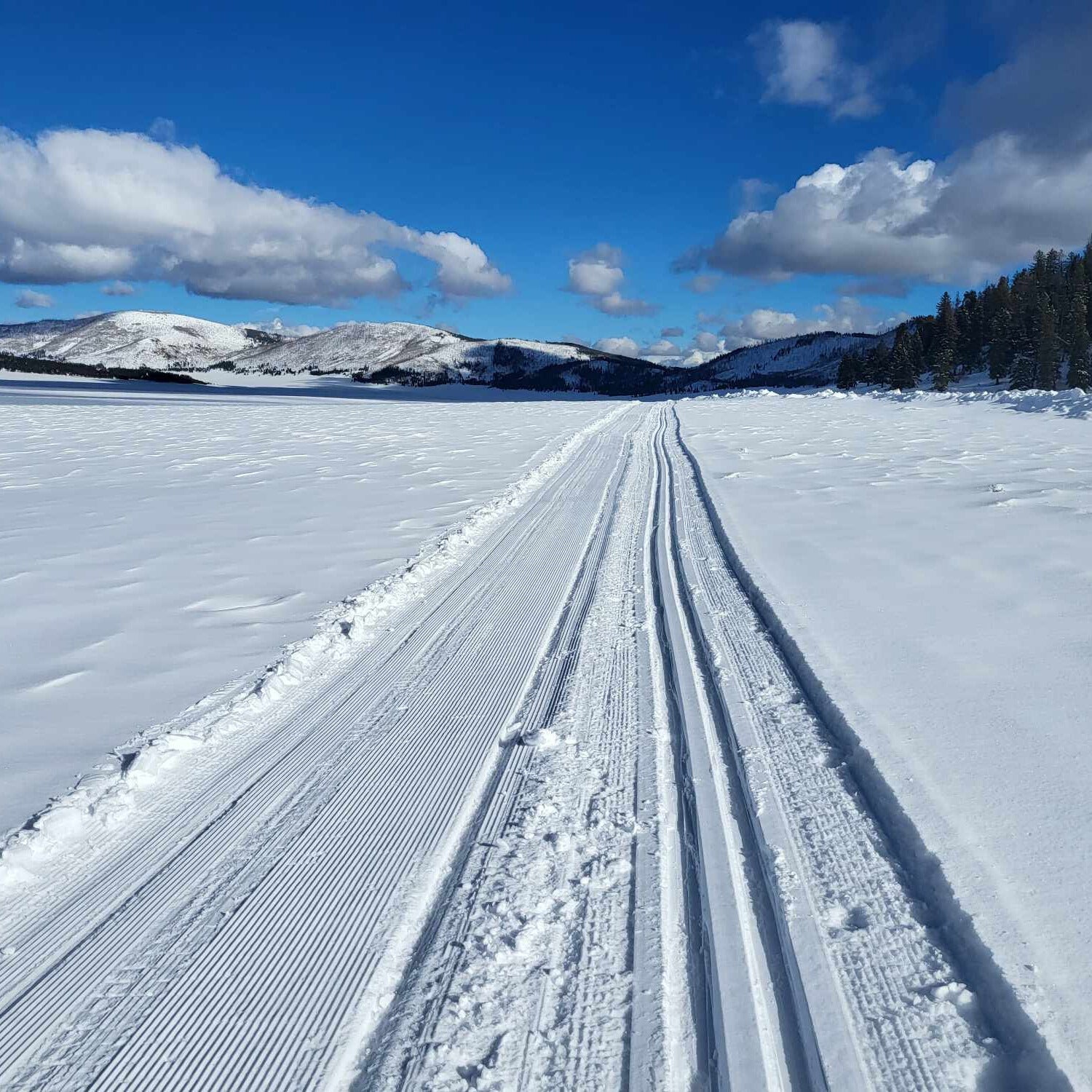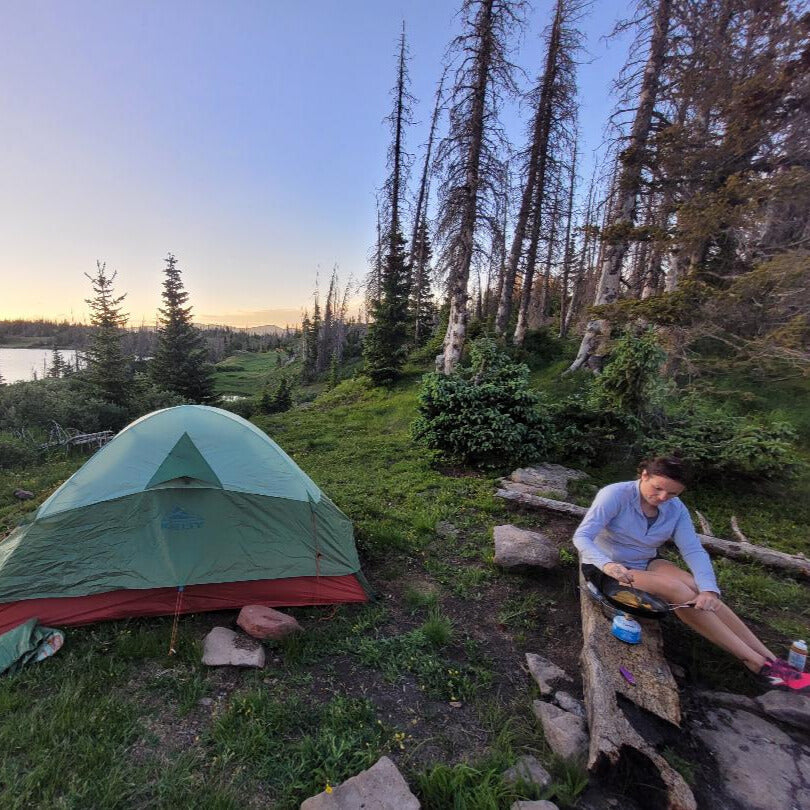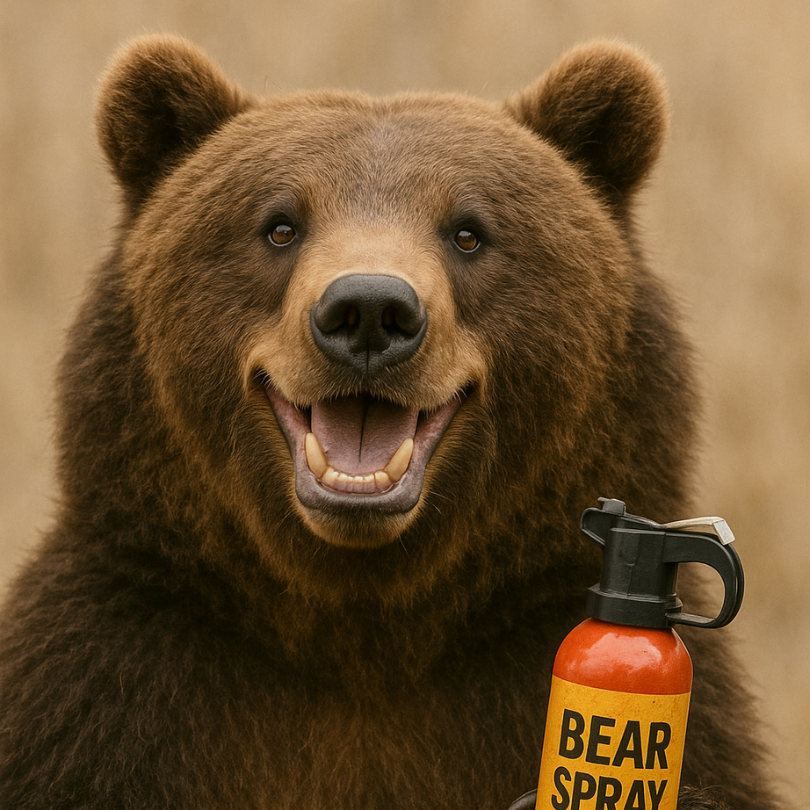Your Cart is Empty
Mon - Sat 10AM to 6 PM - Sunday 12PM-5PM

You can save big by buying used–this cheat sheet will help make sure you get the best value
We all love our mountain bikes, but here’s a fact: High-end mountain bikes can depreciate faster than a Maserati. Just like with that used supercar, it can make a lot of sense to buy your mountain bike used and let someone else swallow the depreciation.
But not all used mountain bikes are the same—knowing what you want and what are the most critical features can help smooth the used bike-buying process and ensure you get a bike that keeps a smile on your face for years to come.
Before shopping for a bike, decide what kind you want.
Also pay attention to wheel sizes:
By thoroughly inspecting the bike and considering these factors, you can make an informed decision when buying a used mountain bike and enjoy many adventures on the trails ahead.
Durango Outdoor Exchange is your used MTB headquarters. From spring through fall, we’ve got used bikes ready to lead you to mountain tops, desert overlooks, and farmers markets, with everything from steel stallions to carbon fiber rocket ships. Questions about what sort of bike is right for you? Not sure what to look for? The pros at Durango’s best used bike store are on hand to help.

Just a couple hours from Durango, Valles Caldera is a great cross-country skiing destination, with surprisingly good snow and very few visitors.
Valles Caldera National Preserve is a popular hiking destination in the summer and a surprisingly great skiing destination in the winter.

When spending one night (or many) in the backcountry, a warm dinner at night and hot beverage in the morning can make the difference. That invariably involves using a stove of some sort–but which one?
Stove technology has been around for decades, but new tech is making them lighter, more efficient, and more dependable than ever before. Here’s a rundown of the different kinds of backpacking stoves:

If you are camping in bear country, or in any place where food storage is a concern, you should strongly consider using a bear canister–a storage system that is built to keep bears out of your food. And in some places, particularly parks in California, Montana, Colorado, and Washington,backcountry campers are required to have and use bear canisters.
While you may get lucky by hanging your food in a sack from a tree, this is not permitted in many areas and virtually impractical in many alpine anddesert backpacking zones. Bear canisters are the preferred method for storing food and other smelly items, but there are many kinds to be aware of. Let’s look at them in more detail.